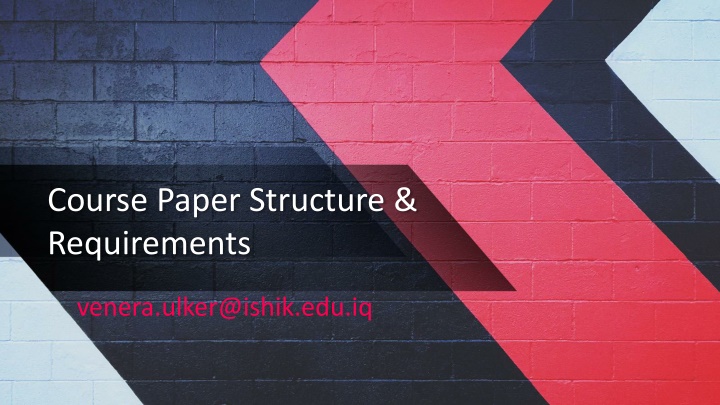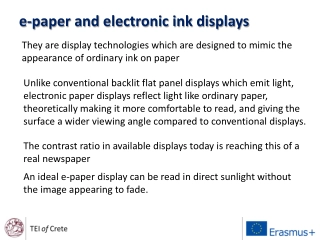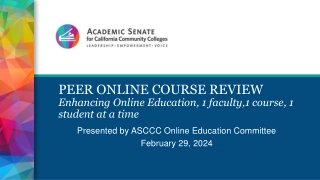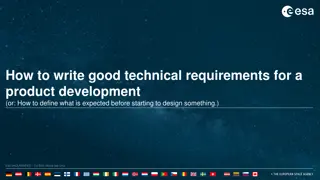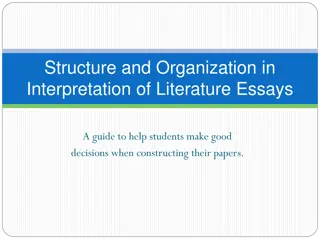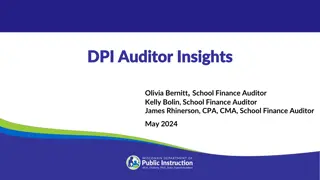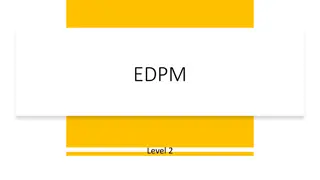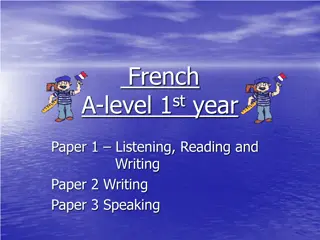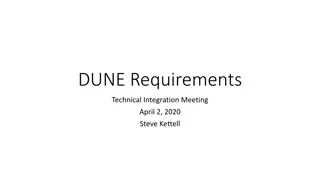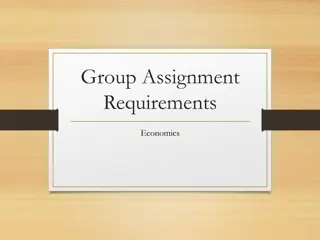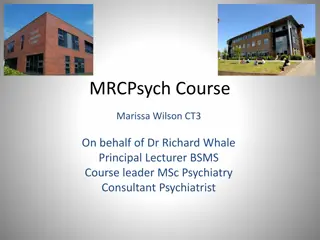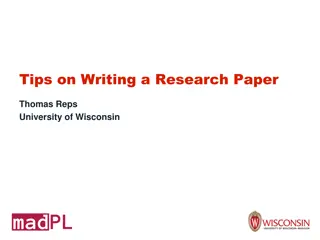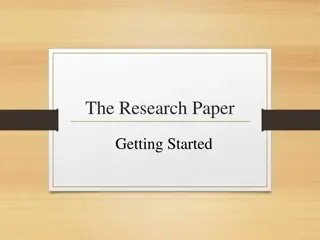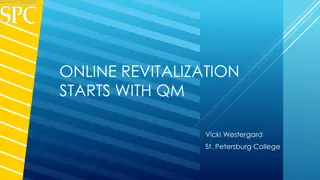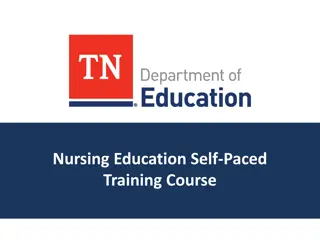Course Paper Structure & Requirements: Clear Guidelines for Success
Crafting a well-structured course paper is key to academic success. Dive into abstracts, methodologies, results, discussions, conclusions, and references with expert guidance to showcase your research effectively.
Download Presentation

Please find below an Image/Link to download the presentation.
The content on the website is provided AS IS for your information and personal use only. It may not be sold, licensed, or shared on other websites without obtaining consent from the author.If you encounter any issues during the download, it is possible that the publisher has removed the file from their server.
You are allowed to download the files provided on this website for personal or commercial use, subject to the condition that they are used lawfully. All files are the property of their respective owners.
The content on the website is provided AS IS for your information and personal use only. It may not be sold, licensed, or shared on other websites without obtaining consent from the author.
E N D
Presentation Transcript
Course Paper Structure & Requirements venera.ulker@ishik.edu.iq
Structure Abstract 1 Introduction 2 Methodology 3 Results 4 Discussion 5 Conclusion 6 References 7
Title Title must be: Aligned with the whole paper Short (up to 12 words) Clear Attractive
Abstract Short (three-quarters of a page) description of the paper. Describe what the issue or problem is, why it is important or interesting, participants, and your findings.
Introduction What is the issue or problem? Literature review: what is current thinking, findings, and approaches on the problem? What is the significance of the problem? How do you plan to deal with the problem? What is your solution/model?
Methodology How did you search for information or data on the topic? What is your impression of the utility, relevance, or quality of the data you collected? What special steps did you take to select or utilize the data?
Results What are your findings? Are their problems with your findings in terms of answering the questions posed in the introduction?
Discussion What do your observations mean? Summarize the most important findings. What conclusions can you draw? How do your results fit into a broader context?
Conclusion This part gives a summary and evaluation of the whole work and states how the work can benefit further investigations. Sometimes, this section may include recommendations as to what improvements can be made while working on the same or similar research.
References Arrange the sources cited in alphabetical order. Pay special attention to the format since the right reference list, as a significant part of a structure of term paper, contributes greatly to the final mark. Moreover, it makes your work look professional and shows your attitude towards paper completion.
